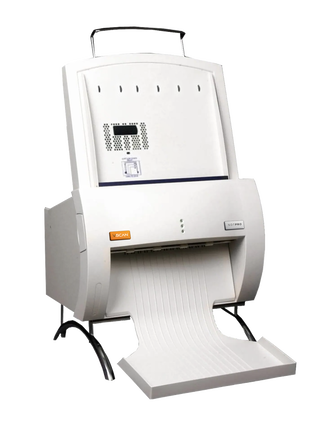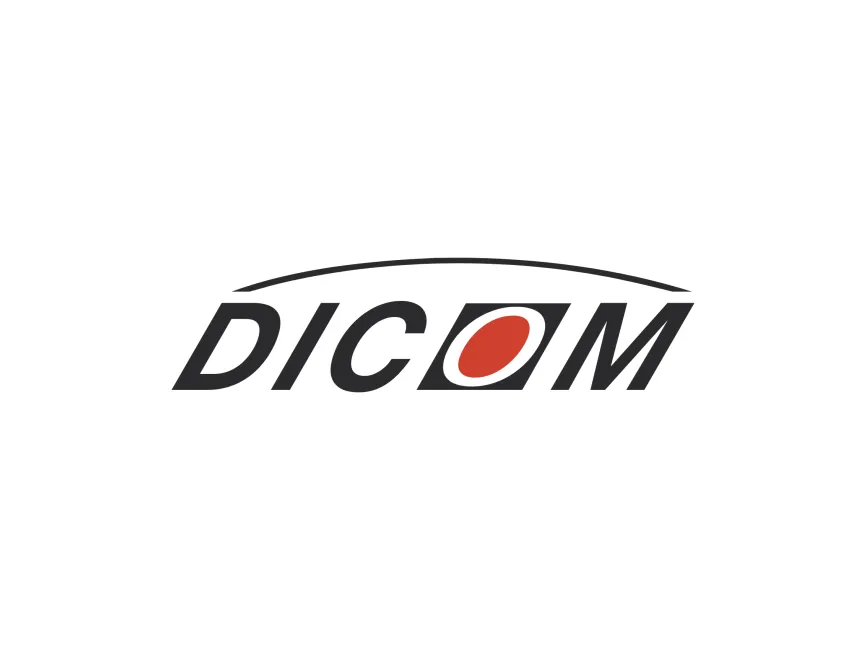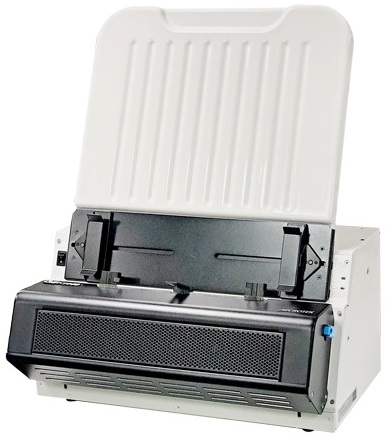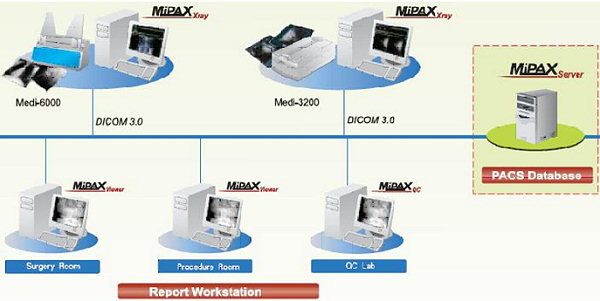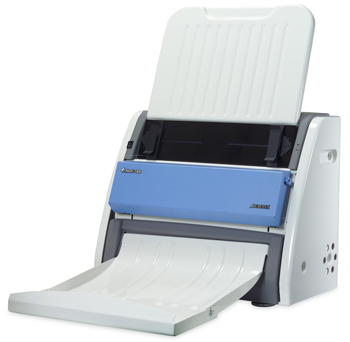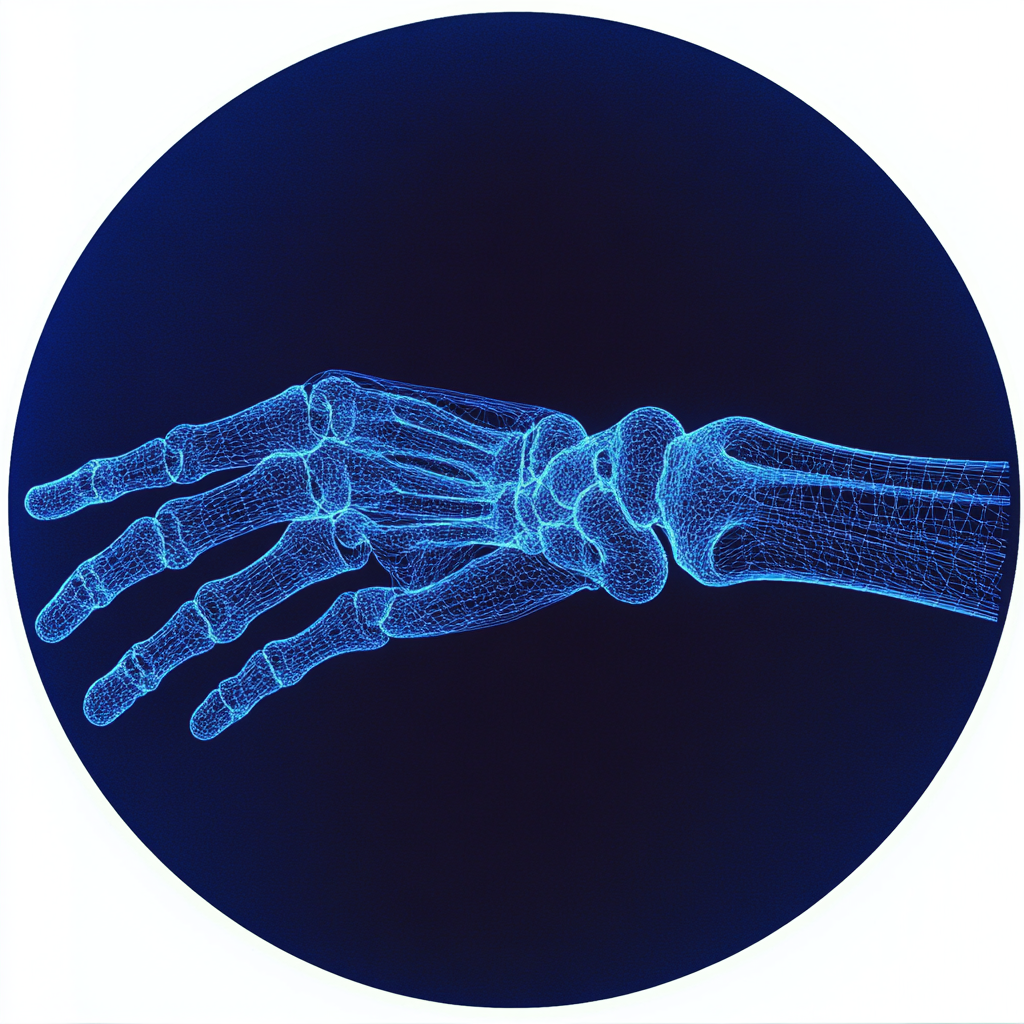The Critical Role of Film Digitizers
Introduction
With all the hype about electronic medical records and digital medical imagery, one might think that medical organizations have completely eliminated paper and x-ray film. While this is the ultimate goal, the truth is that for the worldwide medical community, this is still a goal.
In the United States, and developed countries, some experts predict that within five years all medical imaging will be filmless. However, others believe that rural clinics may be as much as 25 years away from a totally digital environment. In developing countries, the timelines are expected to be even longer because facilities are just beginning to undertake the conversion.

Because film will remain as a medium for medical imaging for many years to come, medical film digitizers are an integral part of the transition to digital imaging and PACS. They are a critical component in the digital transition and a must for ensuring smooth workflow and maximizing the return on digital investments by quickly providing high-quality digitization of prior analog films for side-by-side digital review. Having digitized priors helps improve patient care and provides numerous cost and workflow benefits to the hospital and radiology department.
How to Convert X-Rays to Digital Format
X-rays are converted to electronic files using film digitizer machines that can scan the X-rays and then convert them to various formats, including JPG, TIFF, or DICOM. These can be put onto CDs or DVDs, or they can be emailed, uploaded to an FTP server or secure Intranet or Extranet site, and transferred over to a digital record keeping system.
While this equipment and labor can be procured for in-house conversion, there are, of course, companies available that specialize in this service who already have the hardware, software and skilled staff needed to properly convert and store digital X-rays.
The Benefits of Digital X-Rays
Digital imaging and PACS improve workflow and productivity and reduce costs throughout the imaging process. Streamlined processes allow technologists to handle more patients each day, allowing growth in imaging volume without adding staff or expanding facilities. In addition to improved workflow and productivity, digital imaging and PACS allow facilities to eliminate the costs of film and chemicals, and to redeploy personnel who previously handled film processing.
Digital imaging and PACS allow instant access to radiology studies among the entire patient care team regardless of location—and without duplicating or transporting films, or risking the loss of films. Digital images provide better dynamic range and contrast—reducing retakes and offering the ability to see more levels of gray. Specialized monitors and software allow radiologists to focus in on details and perform other manipulations to the image, and also instantly call up digitized prior studies for comparison, improving diagnostic accuracy. Digital technology also allows the immediate ability to extend radiology expertise beyond the boundaries of the department and hospital to outside clinicians, specialists, and facilities.
In order for facilities to realize these benefits and avoid costly mistakes in their transition to digital, it is important to develop and have in place a plan for the transition.
The Importance of Planning
Because prior studies play a key role in patient care, diagnosis and treatment they will remain critical during at all stages of the digital imaging continuum. Prior films will continue to be a factor for many years, especially films coming from outside sources. Inadequate planning for the handling of analog priors can add significant hidden costs. Many facilities fail to address this critical issue, resulting in disrupted workflow, dissatisfaction and frustration among radiologists and staff, increased costs and, ultimately, lower confidence in the diagnosis.

